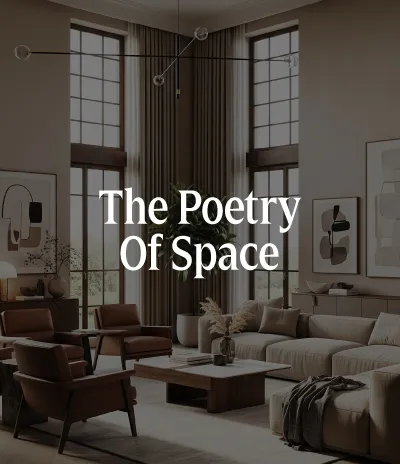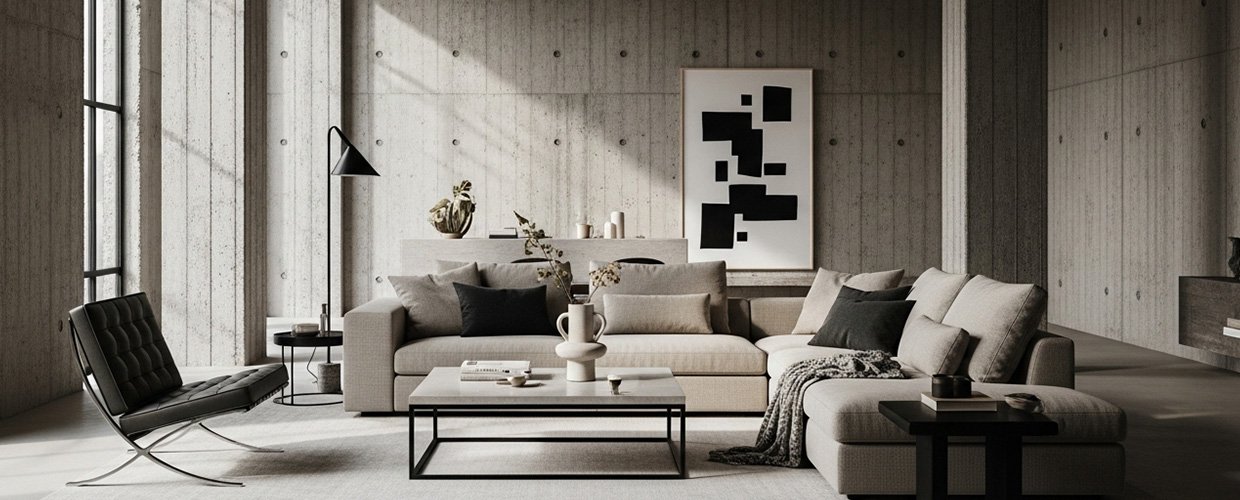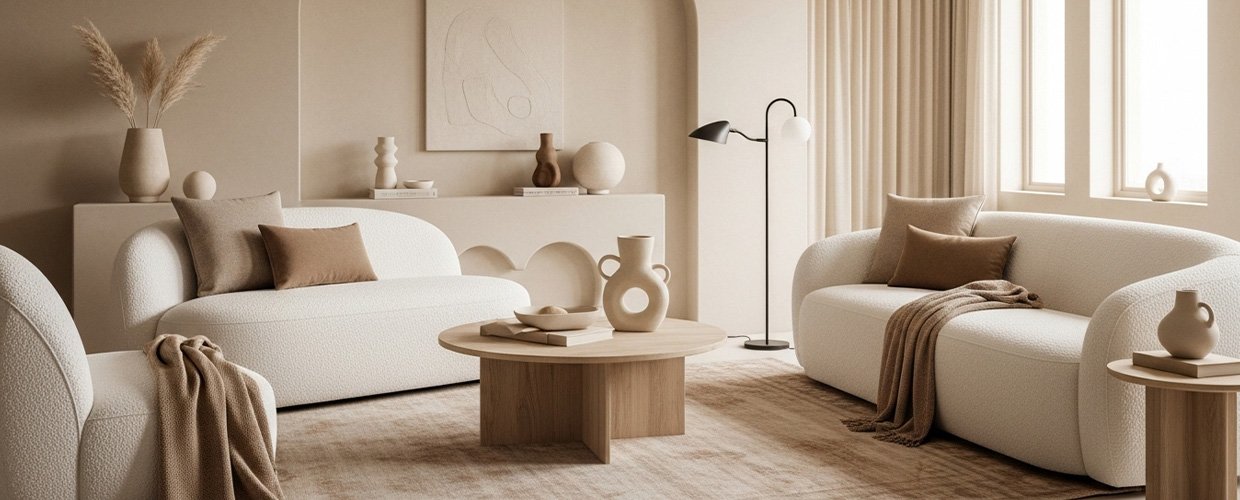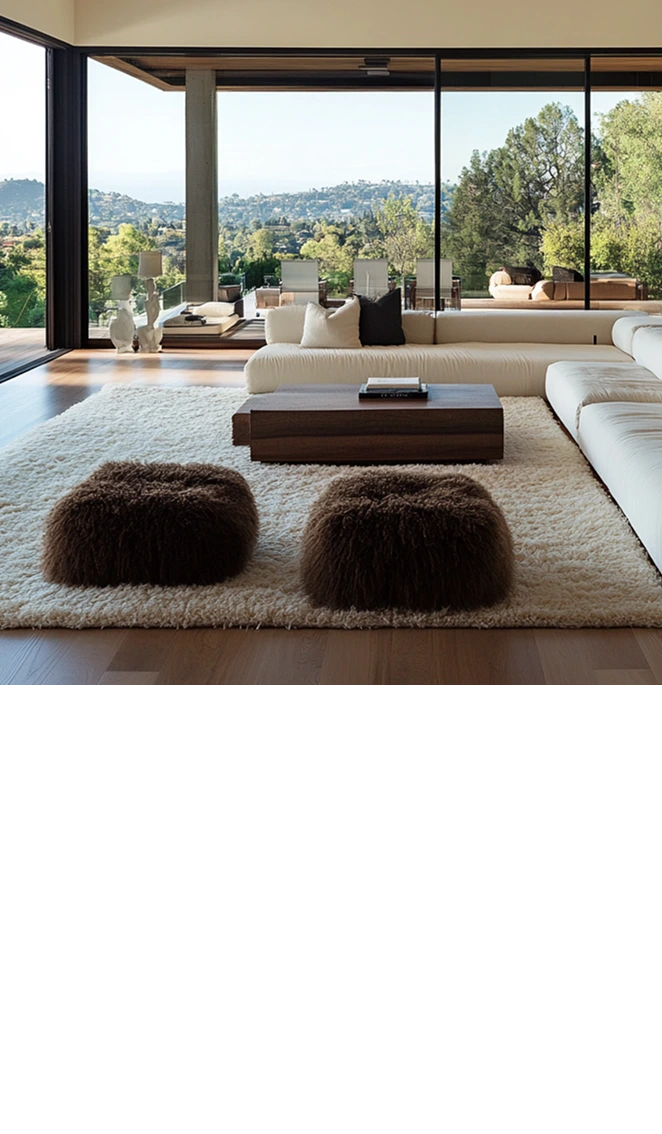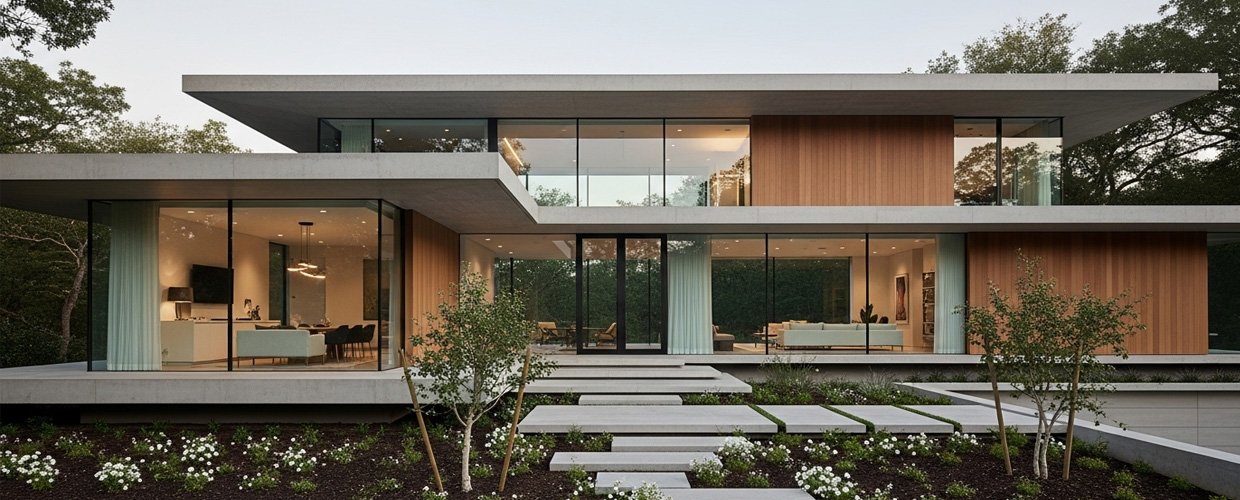
July 25, 2025
The Future of Minimalist Architecture in the U.S.
Minimalist architecture has long been celebrated for its simplicity, functionality, and ability to create spaces that are both aesthetically pleasing and practical. As we look towards the future of minimalist architecture in the U.S., it is important to consider the evolving trends and factors that are influencing its development. Minimalism, characterized by clean lines, open spaces, and a focus on essential elements, has been a significant influence in architectural design for decades. However, the future promises an evolution that will further integrate technology, sustainability, and changing societal needs. In an era where environmental concerns and the need for sustainable living are at the forefront, minimalist architecture is poised to adapt by incorporating eco-friendly materials and energy-efficient technologies. This shift not only aligns with the global push towards sustainability but also enhances the functionality of minimalist spaces. Moreover, the digital revolution is transforming how architects approach design, allowing for more precise and innovative solutions that align with minimalist principles. As urban areas continue to expand, the demand for efficient use of space will drive the popularity of minimalist architecture, making it a crucial element in urban planning and development. This article explores these themes, providing insights into how minimalist architecture is expected to evolve in the U.S., and why it remains a vital component of the architectural landscape.
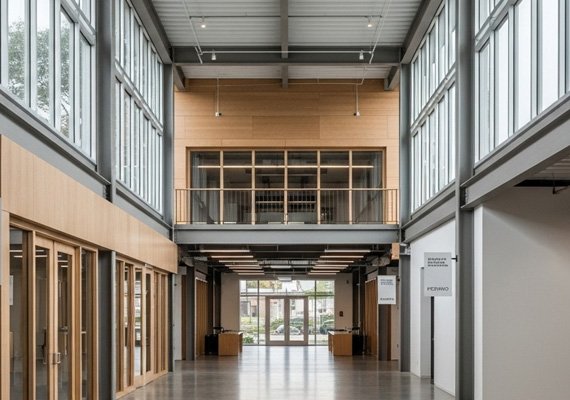
The future of minimalist architecture in the U.S. is deeply intertwined with advancements in technology and a growing emphasis on sustainability. One of the most significant trends is the integration of smart home technologies within minimalist designs. These technologies enhance the functionality of spaces by allowing homeowners to control lighting, temperature, and security systems through digital interfaces, reducing the need for excessive physical components and aligning with the minimalist ethos of simplicity and efficiency. Additionally, the use of sustainable materials is becoming increasingly prevalent. Architects are now more than ever committed to sourcing environmentally friendly materials such as reclaimed wood, recycled steel, and low-VOC paints, which not only reduce the carbon footprint of buildings but also contribute to healthier indoor environments. This commitment to sustainability is also reflected in the design of spaces that maximize natural light and ventilation, reducing reliance on artificial lighting and air conditioning. Furthermore, the minimalist approach is being adapted to meet the needs of a diverse and changing population. As urban centers grow, the demand for multi-functional spaces that can adapt to different uses throughout the day is increasing. Minimalist architecture, with its emphasis on open floor plans and flexible design, is well-suited to accommodate this need, providing versatile living spaces that can easily transition from home offices to entertainment areas. This adaptability is crucial in addressing the challenges of modern living, where space is often at a premium. Overall, the future of minimalist architecture in the U.S. is one of innovation and adaptation, driven by a commitment to sustainability and the integration of cutting-edge technology.
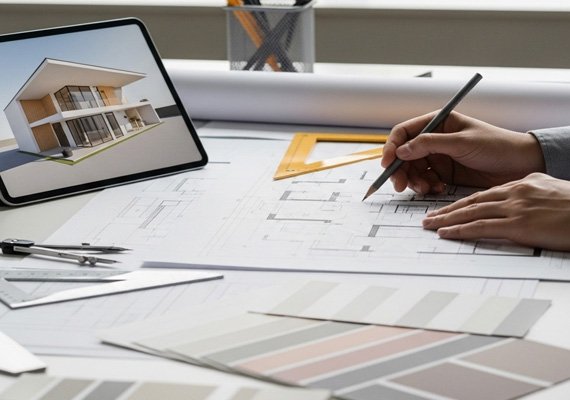
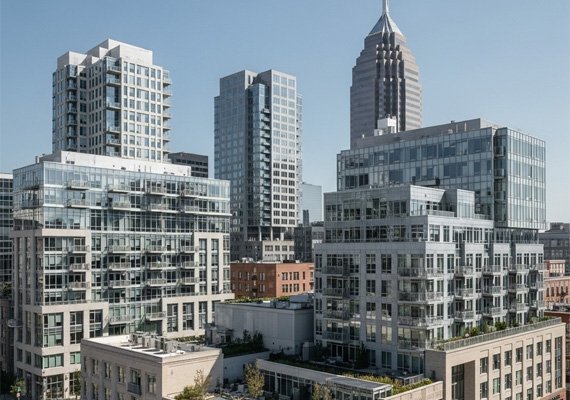
In summary, the future of minimalist architecture in the U.S. is set to be shaped by a combination of technological advancements, sustainable practices, and the need for adaptable living spaces. As architects continue to integrate smart technologies into their designs, minimalist spaces will become more efficient and user-friendly, enhancing the quality of life for occupants. The commitment to sustainability will ensure that these designs not only meet the aesthetic and functional needs of today but also contribute positively to the environment. Furthermore, the adaptability of minimalist designs will make them increasingly relevant in urban settings, where space is limited and flexibility is key. These trends highlight the enduring appeal of minimalist architecture and its potential to address the challenges of modern living. As we move forward, it will be essential for architects, designers, and homeowners to embrace these changes, ensuring that minimalist architecture continues to evolve and thrive in the U.S. landscape. By doing so, we can create spaces that are not only beautiful and functional but also sustainable and future-ready.
TRENDING NOW

